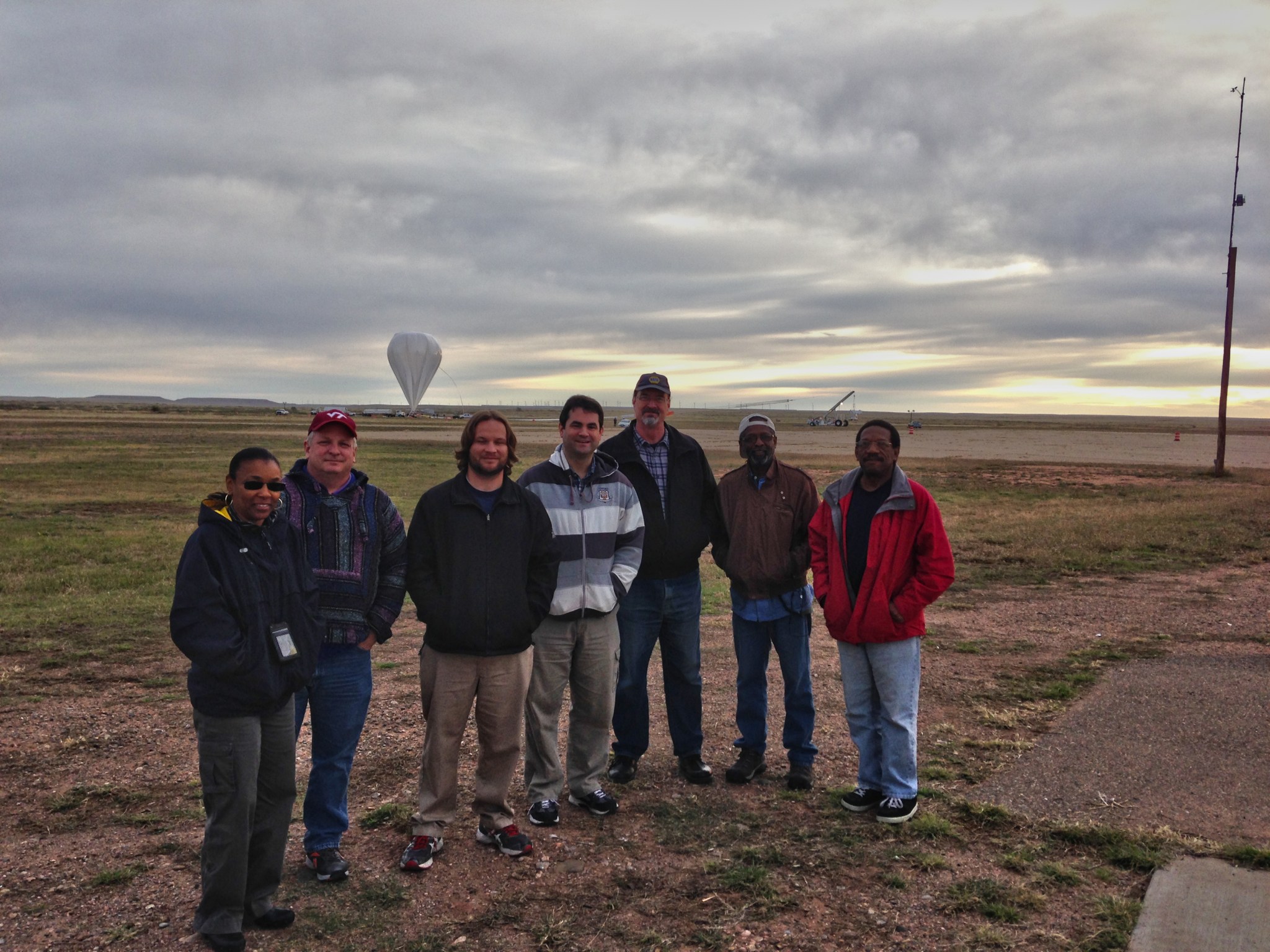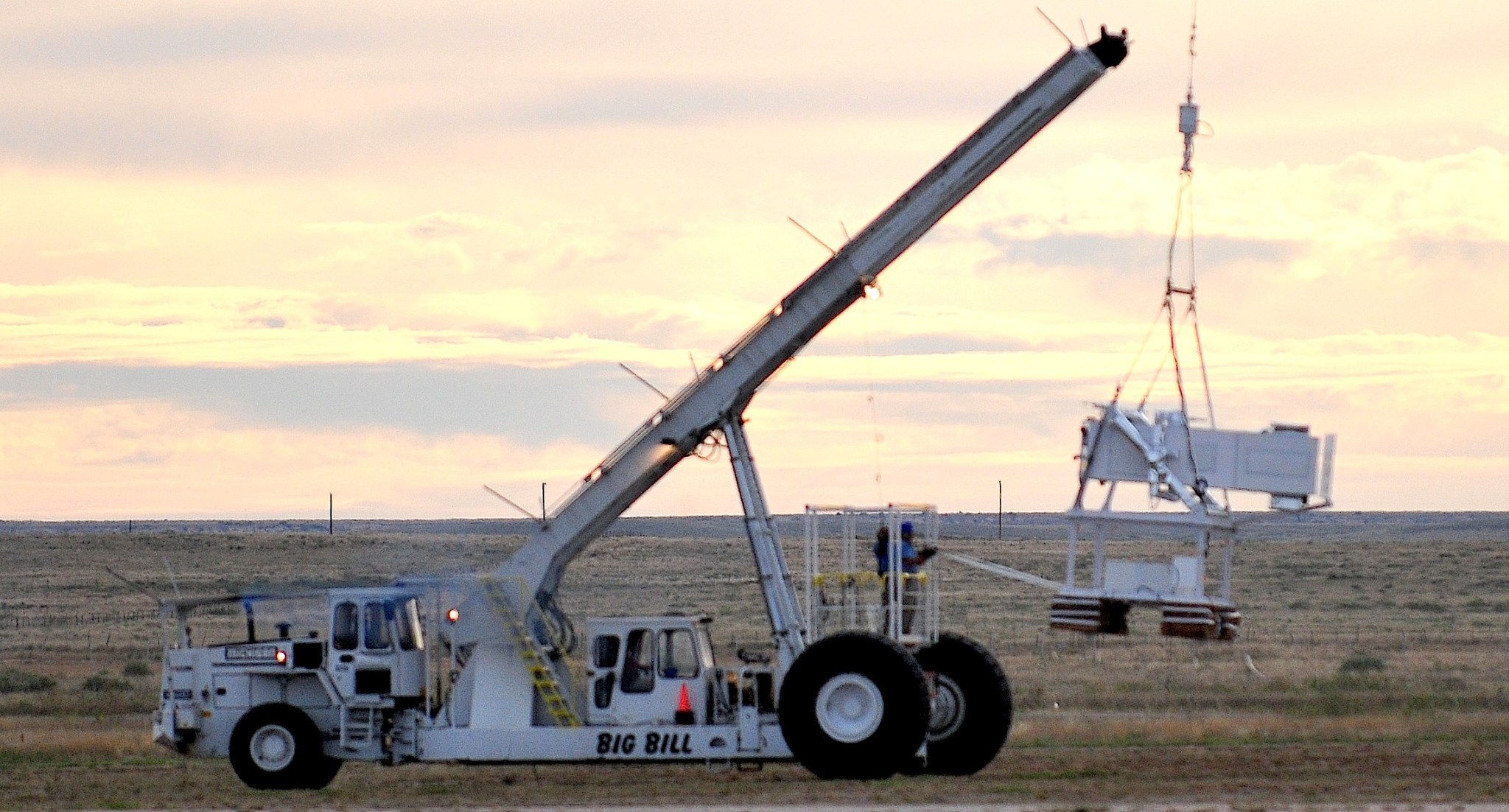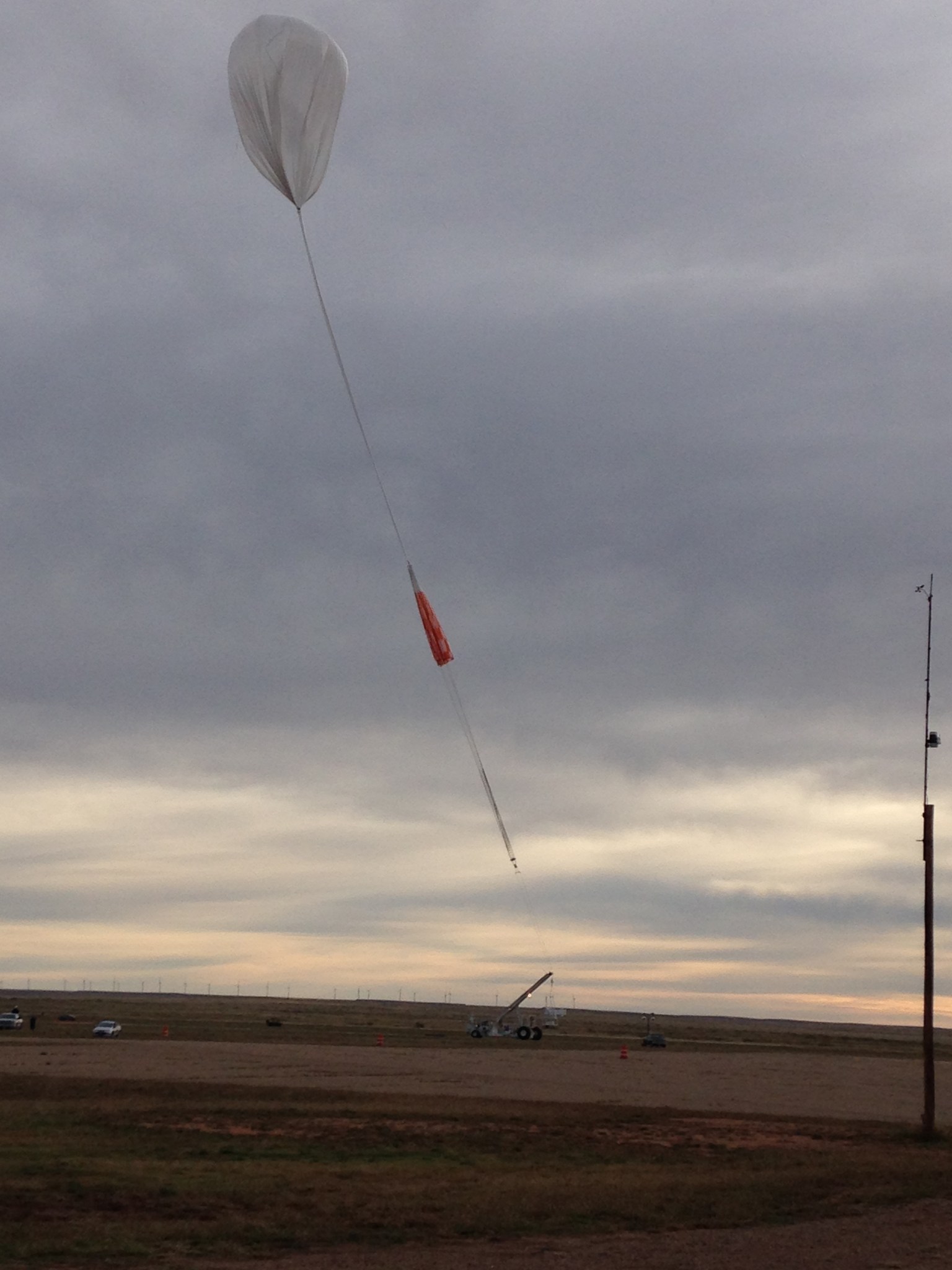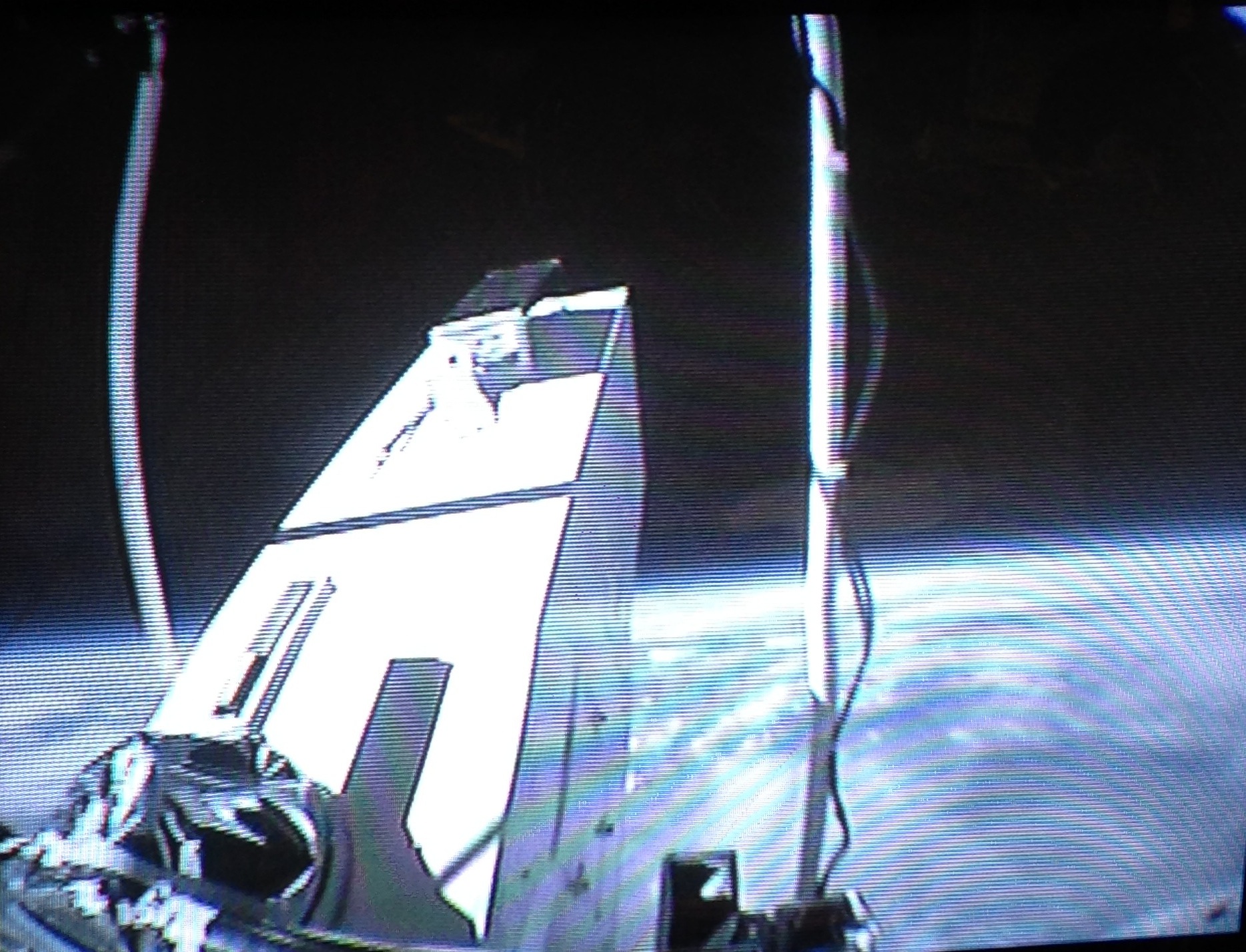The 2014 Fall NASA Scientific Balloon Campaign wrapped up with a path-chartering, game-changing planetary balloon mission Wednesday, Oct. 8, in Fort Sumner, N.M.
The successful, Goddard-Greenbelt and Wallops-led mission known as WASP/OPIS paired the Wallops Arc-Second Pointer (WASP) with the Greenbelt-built Observatory for Planetary Observations from the Stratosphere (OPIS) for a “nearly flawless” 8.5-hour flight.
“We succeeded in our primary objective of obtaining data of Jupiter free of distortion due to gondola motion,” said Terry Hurford, planetary scientist at Goddard Space Flight Center’s Greenbelt campus and co-principal investigator of OPIS. “All in all, a very successful mission, and we couldn’t have done it without the gracious support of the WASP team.”
According to Avi Mandell, co-principal investigator of OPIS at Goddard Space Flight Center, NASA’s high-altitude balloons provide a unique, low-cost platform for carrying out planetary observations. “The successful WASP/OPIS flight will help build a capability that can be leveraged for future planetary balloon flight opportunities,” said Mandell.
Eight missions were flown during the fall balloon campaign including WASP/OPIS and another planetary observation mission simply known as the Balloon Observation Platform for Planetary Science, a student payload, a balloon test flight, atmospheric and gamma ray measurement flights, as well as a pointing test for a future long-duration balloon flight.
“I can’t think of a better way to wrap-up the season,” said Debbie Fairbrother, chief of the Balloon Program Office at NASA’s Wallops Flight Facility. “To have such a successful flight for a game-changing technology conceived, built, integrated and launched all by one NASA center—that’s very rewarding.”
The balloon team is now focused on the 16 flights planned through the rest of fiscal year 2015, to include a return to Antarctica for the Winter balloon campaign, a flight out of New Zealand, and next year’s Fall Fort Sumner campaign which will see another eight flights. In addition, the Wallops Balloon, Range, Safety, and Engineering Offices are supporting one to two flights of the NASA Jet Propulsion Laboratory-led Low-Density Supersonic Decelerator mission, which is testing new technologies for landing larger, heavier payloads on Mars.
NASA’s Scientific Balloon Program is managed and led by Goddard Space Flight Center’s Wallops Flight Facility on the Eastern Shore of Virginia. For more information about NASA’s Balloon Program, see: http://sites.wff.nasa.gov/code820/





























